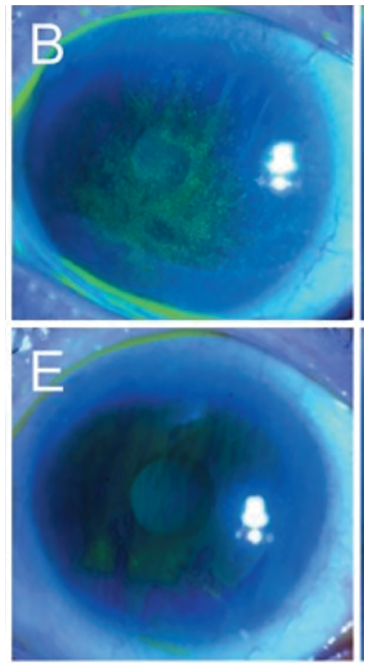How Limbal Stem Cell Deficiency Changes OSD Management
Multimodal strategy addresses tear film, epithelial homeostasis, stem cells, and underlying causes. Cheryl Guttman Krader reports from ASCRS 2021 in Las Vegas, USA.

Cheryl Guttman Krader
Published: Monday, November 1, 2021
